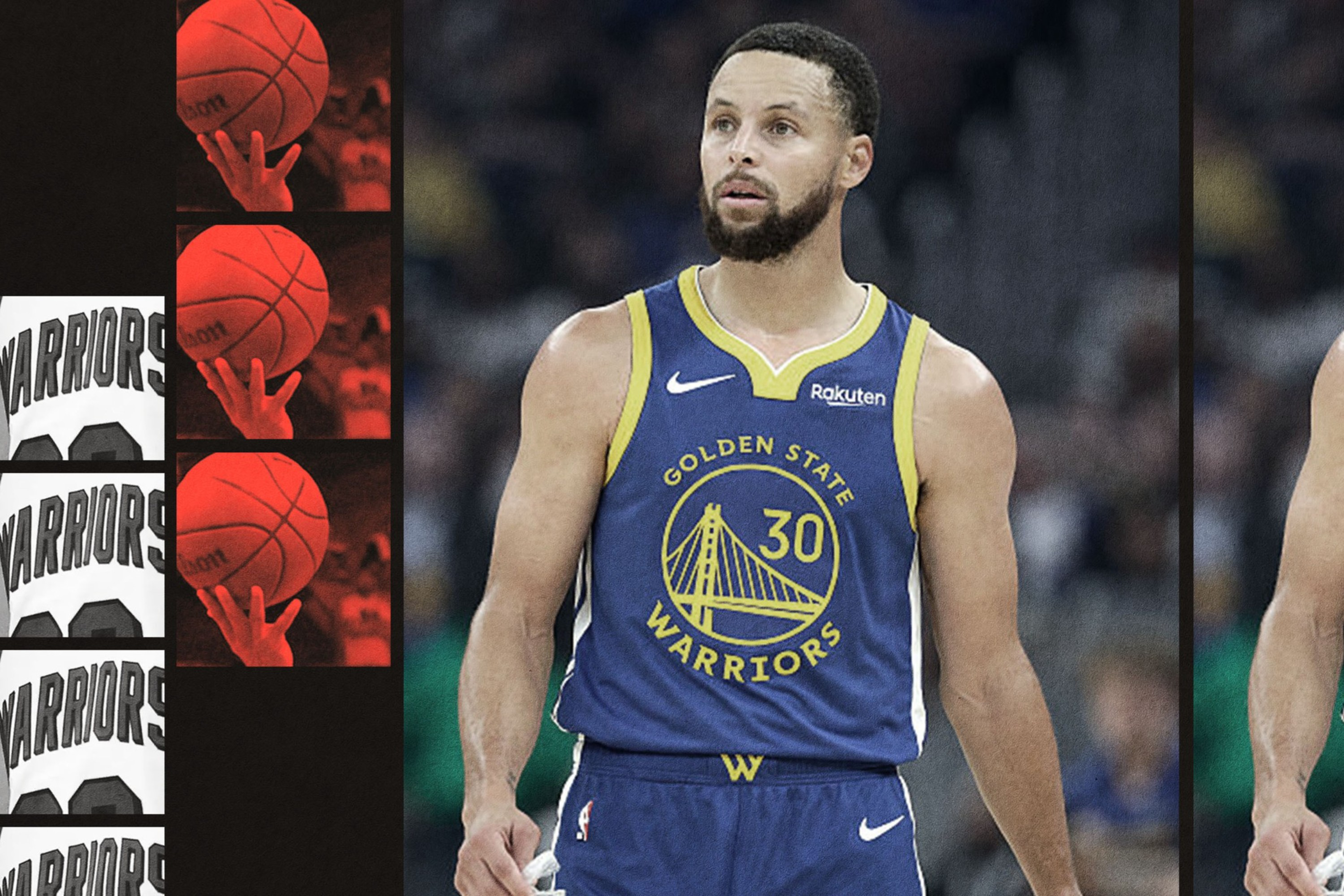The United States’ narrow 1-0 victory over Iran in the FIFA Men’s World Cup was not just a massive win for the beleaguered soccer team making its return to the global stage after eight years. It was also a big win for San Francisco—a city still trying to find its way after the remote-work revolution.
“A deep run by the U.S. is very good for business,” said Brian Coyle with a wide smile after the final whistle blew.
The victory meant that the American team lives to play another day in the world’s biggest sporting event. It also meant that Coyle’s popular sports bar, Danny Coyle’s, would remain as packed with soccer fans as it was on Tuesday morning.

Businesses like Danny Coyle’s have been reaping the benefits of the 2022 World Cup, which has brought thousands of patrons back to otherwise sleepy venues, including in the city’s struggling downtown core.
“It’s been a rollercoaster since Covid,” Coyle said. “What we’ve really lost is the steady stream of industry people that used to come in every day.”
Section 415: Making sense of the Warriors’ uneven start

Section 415: How Natalie Nakase turned the Valkyries into an immediate force

Section 415: Tim Kawakami analyzes the 49ers, Giants, and Warriors

Coyle said that the turnout for the World Cup has been the highest he’s seen at his bar since the pandemic. Before then, he had cut hours on weekdays and said that he still does not have the same level of staffing that he once had.
But since the first game, he’s been opening the bar as early as 7 a.m. every day.
In addition to bars and restaurants, the Mayor’s Office, along with the Office of Economic and Workforce Development (OEWD) have also bet on the World Cup. They partnered with nonprofit firm Street Soccer USA to host a series of free outdoor viewing parties for the duration of the tournament.

“The energy in San Francisco right now is really exciting to see,” OEWD executive director Kate Sofis told The Standard after the crowd at The Crossing at East Cut erupted when the U.S. scored its first and only goal in the 38th minute of the game against Iran. Before the tournament, the offices had said that they chose to sponsor the events to bring more people into Downtown.
“The World Cup viewing parties are an example of [our] commitment to reviving the city,” Sofis added. “But we have more work to do, and we will continue building on this momentum.”
Since the tournament kicked off on Nov. 20, there have been at least three games played every day. The World Cup runs through Dec. 18.
In June, OEWD sparred with members of the Board of Supervisors over the mayor’s proposed 2022-23 budget, which earmarked $6 million toward sponsoring live events such as the World Cup parties.
Supervisors had called into question the specific focus on the Downtown neighborhoods and what they saw as a lack of detail in OEWD’s plans to breathe life into the area.
But at least for now, the bet appears to be paying off.

Jose Flores, social enterprise manager for Street Soccer USA in SF, has been at every watch party since the beginning of the tournament serving as an ambassador for the company. The nonprofit organizes free soccer games and events for children in various SF neighborhoods.
He said that the events at Union Square and The Crossing have been well-attended “by hundreds each game,” and the crowds have mostly been made up of nearby tech employees and residents from the surrounding areas.
“A lot of people who live in this [Downtown] area now don’t really know each other,” Flores said at The Crossing, which used to be an old Greyhound station and the location of the Temporary Transbay Terminal before it was redeveloped into a park surrounded by tall office buildings and condos.
“This has been a great opportunity to bring people together,” he said. “It’s breathed so much life and community into the area that was really needed.”
More than 42% of San Francisco’s small businesses and 30% of its total employment are located within the area defined as the city’s economic core, according to data from the Controller’s Office. That includes the city’s Downtown, as well as areas like Mission Bay, Union Square and Mid-Market.
Prior to the pandemic, the area was responsible for generating more than 45% of the city’s sales tax. Since then, the neighborhood has seen some of the largest declines in sales tax revenue, with some ZIP codes experiencing a more than 50% drop between 2019 and 2021.

For now, Coyle said he gets to stock inventory at near pre-pandemic levels to keep up with the demand—pilsners and hefeweizens for fans of Germany; Modelos and Coronas for fans of El Tri; and Budweiser and Stella Artois for fans of the U.S. and England.
“At first, I didn’t know how to embrace a winter World Cup,” he said. “But it has turned out to be great.”
Editor’s Note: The San Francisco Recreation & Parks Department and The East Cut Community Benefit District also contributed to setting up the free outdoor public viewing parties.
